My friend Libby wrote something the other day which made me think. She was talking about the cold and the gray and the snow, and how we don’t even realize how the darkness of it all creeps into our personality.
“Honestly do not even realize I am depressed, until the sun comes out and everything is sunshiny and I feel the depression lift!”
I read this amidst my going through my collection of old radio and TV trade magazines. In the late 50s and early 60s, these magazines were filled with ads from local radio and TV stations looking to appeal to national advertisers. They talk about how great the station is, but also how wonderful the city and it’s people are– a great place to sell your stuff.
There are plenty of great ads from Buffalo stations. It’s like a Buffalo version of the wacky creative efforts you might see from the guys on Mad Men.
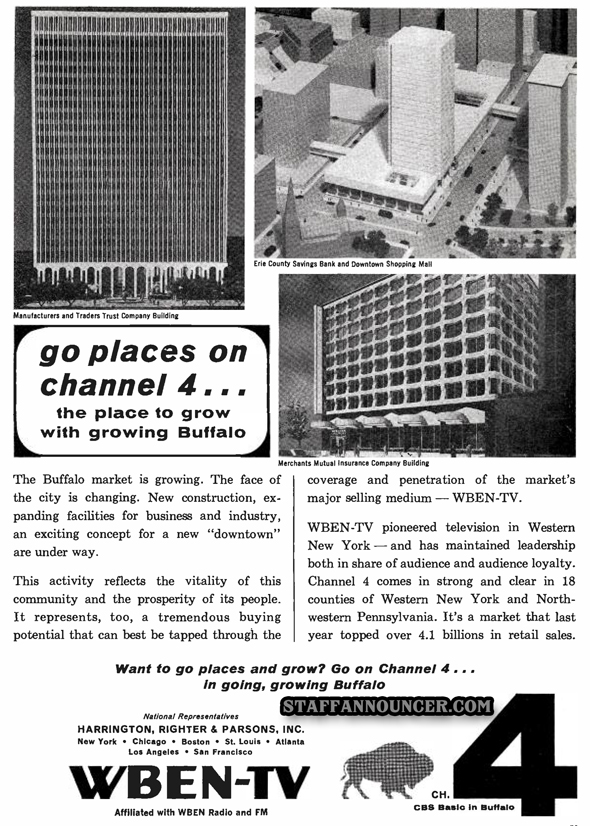
I’ve used these old magazines as a resource for years. Decades even. This time, however, the feeling was different, and Libby’s exaltation helped me put my finger on what made some of these ads better than they were the last time I looked.
These ads look better and more interesting, because there is hope and brightness in Buffalo like we haven’t seen here since the late 50s.
These ads, from 1958 and 1964, show WBEN-TV’s excitement for Buffalo and what is to come, and are meant to showcase the “just-over-the-horizon New Buffalo” that was on it’s way.
These ads feel fresh and great, because while there was a 60 year lag, that New Buffalo really is just around the corner this time.
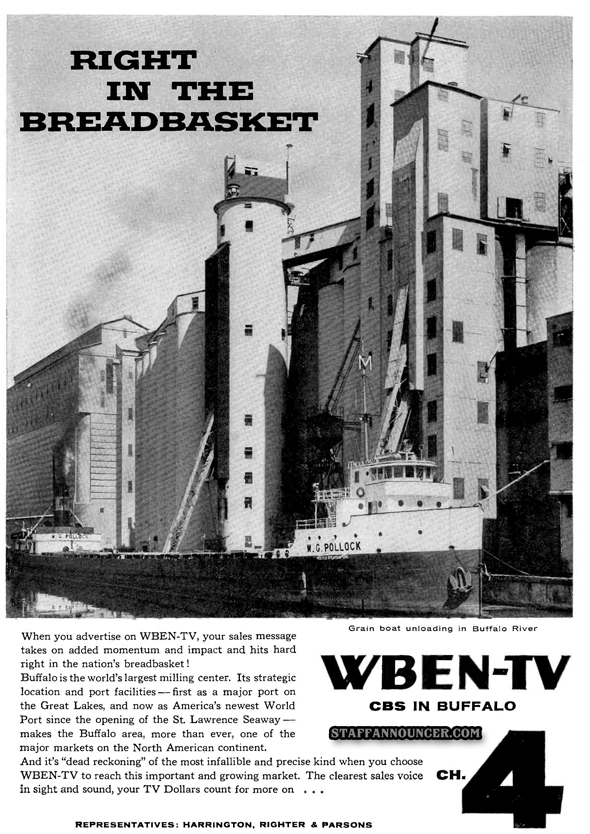
When we were filled with gloom and darkness about our city, we would look and read these, and point to the empty, rotting grain elevators as a vestige of a vanished industry.
We’d look closely on the Skyway image, and see the beams marked with the logo of Bethlehem Steel. It was a bridge built to get 15,000 men from the city to their jobs in a plant that’s been cold for 30 years.
We imagine what Buffalo would have looked like if we didn’t build highways and downtown office buildings for 2 million expected Western New Yorkers, and we lament the buildings that were lost because too much of downtown was torn down too quickly for the wrong reasons.
But now, with the sun out here for the first time in generations, we look at these images and see progress and what’s to come. We now recreate under the Skyway, with promise of more to come. Grain elevators and malt houses are becoming the avant-garde, up-and-coming spaces that the next generation of Buffalonians realize are incredibly unique to us alone, as moves are made to re-imagine and re-purpose what makes us unique.
And with cranes and scaffolds up in dozens of places around the city, the thought of “new building” isn’t necessarily followed by “oh no.”
As the sun shines, and us Buffalonians feel the depression about our city lift, we’re beginning to figure out how to make our dynamic past, part of our dynamic future.
And we’re getting excited about seeing how the same ol’stuff starts to look different with some sunshine on it, warming the face and the soul.
Buffalo story teller and Historian Steve Cichon brings us along as he explores the nooks and crannies of Buffalo’s past present and future, which can mean just about anything– twice a week on Trending Buffalo.
As he collects WNY’s pop culture history, Steve looks for Buffalo’s good stories and creative ways to tell them as the President and founder of Buffalo Stories LLC. He’d love to help your business tell its story. For a decade, he’s also collected and shared Buffalo’s pop culture history at staffannouncer.com. His latest book, Gimme Jimmy! The James D. Griffin Story, is available now at www.mayorgriffin.com.
steve@buffalostories.com | @SteveBuffalo | www.facebook.com/stevecichon

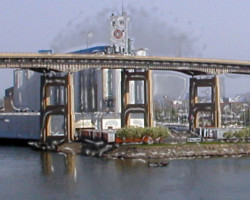
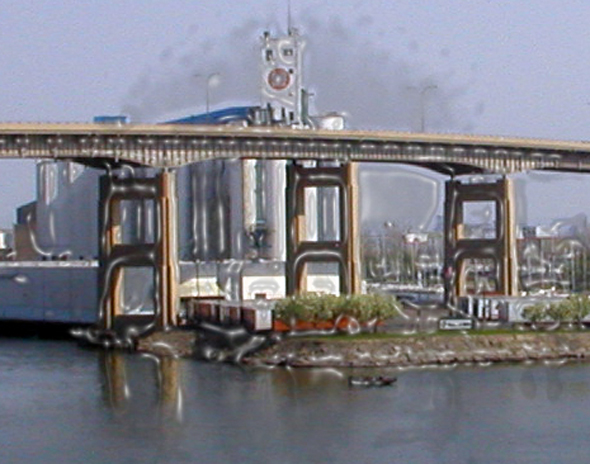
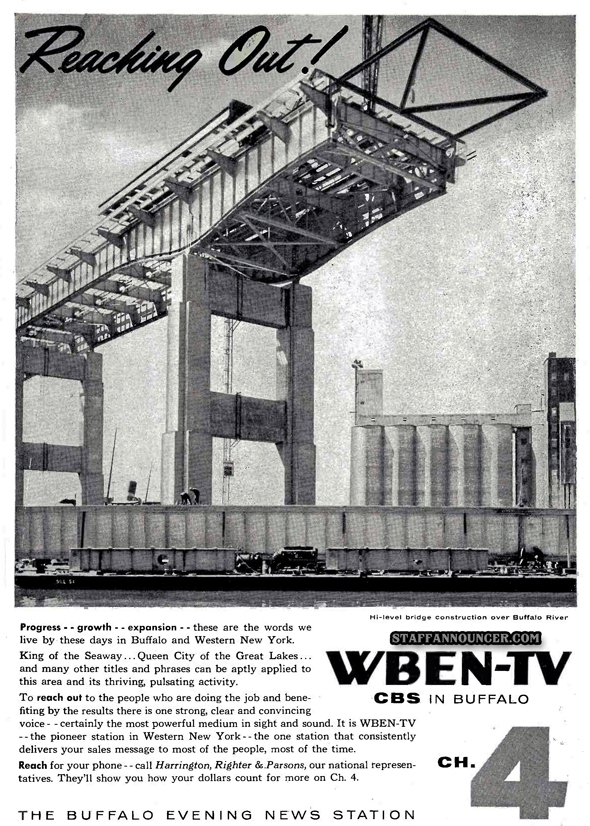
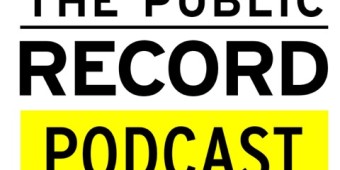
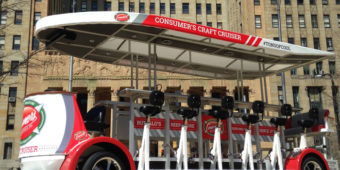
You know, the Port of Buffalo really could be so much more than it is. Sure the St. Lawrence killed the transload business and the Western portion of the Erie can has been made largely obsolete by lack of investment, low bridge heights and the ease of access to the Oswego Canal, but there are other markets out there that can be tapped into which could readily utilize a modernized port which is as well-protected and well connected as the Port of Buffalo.